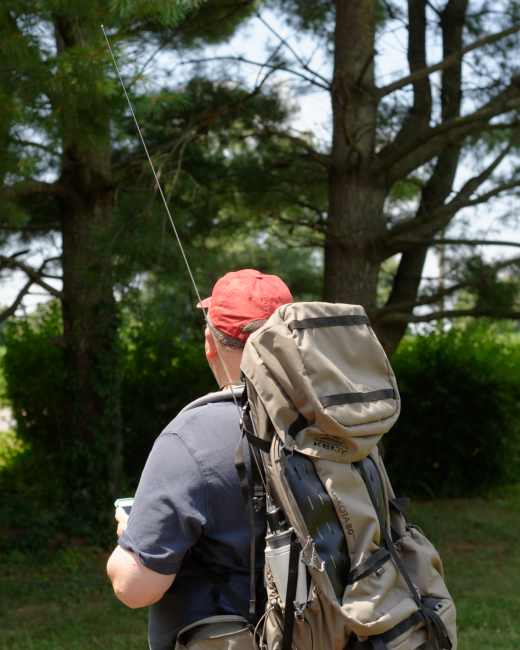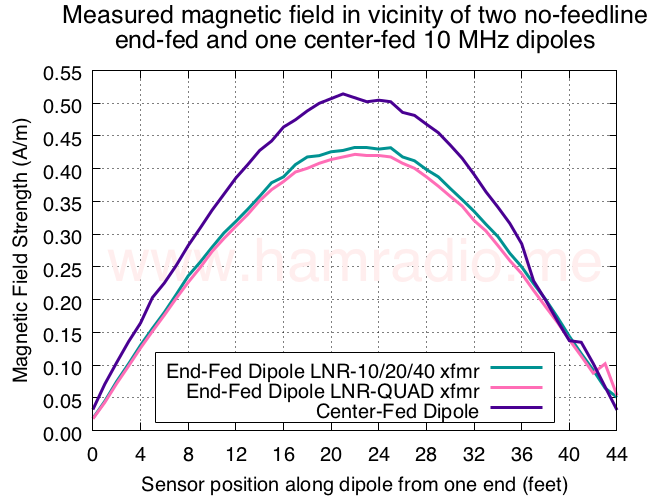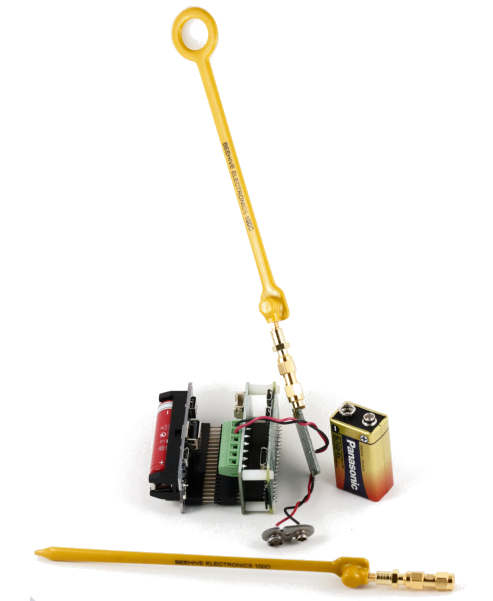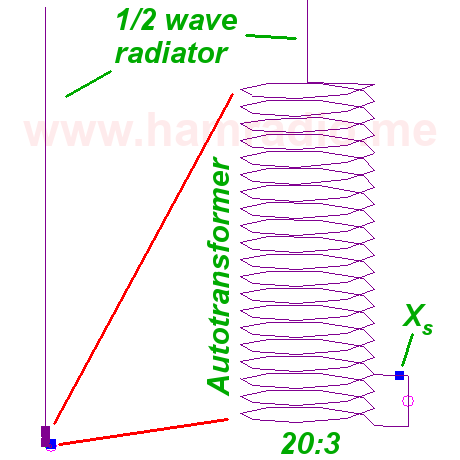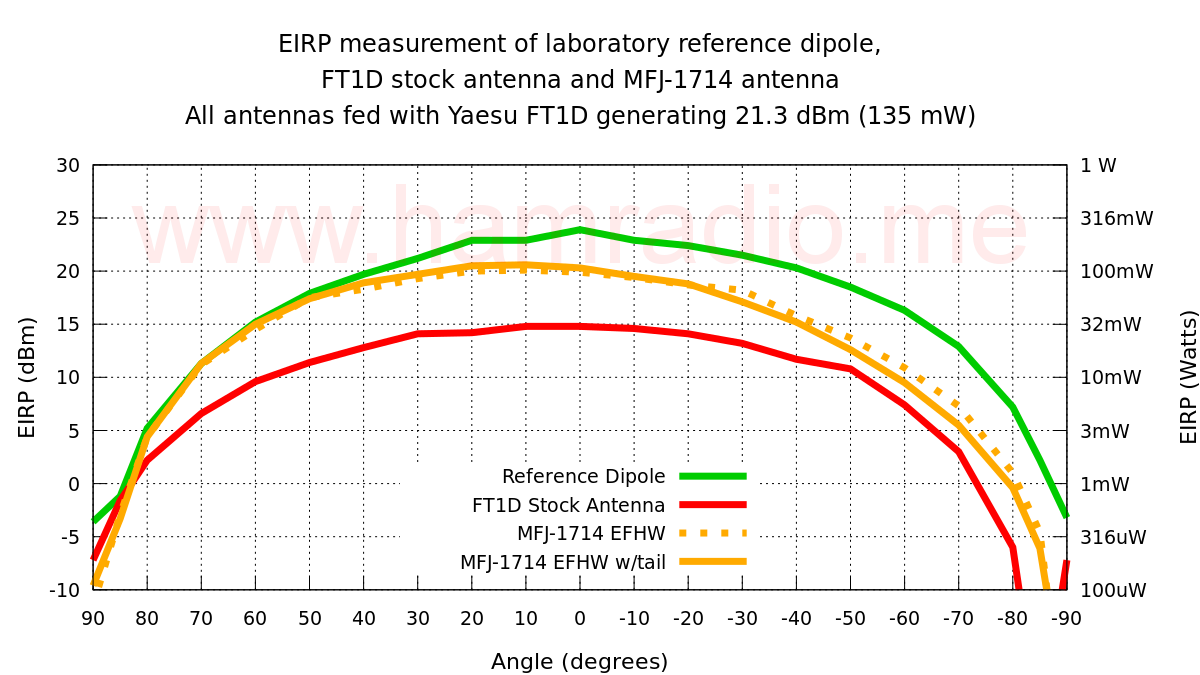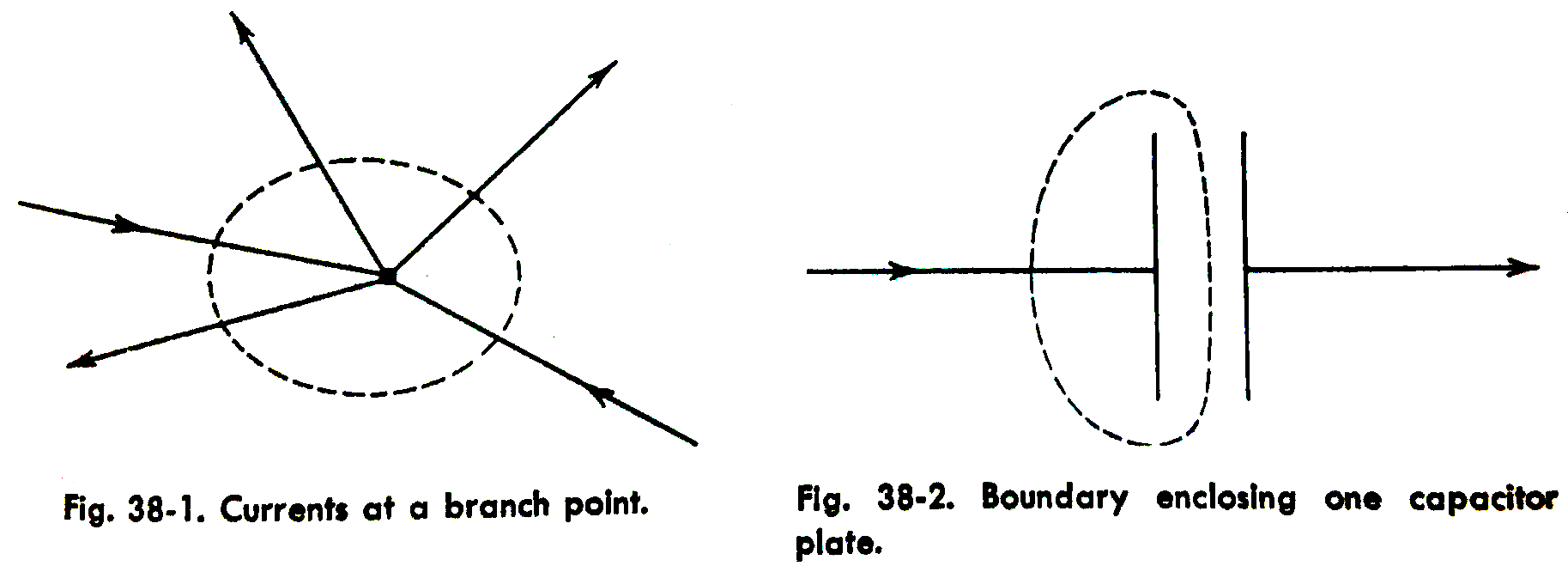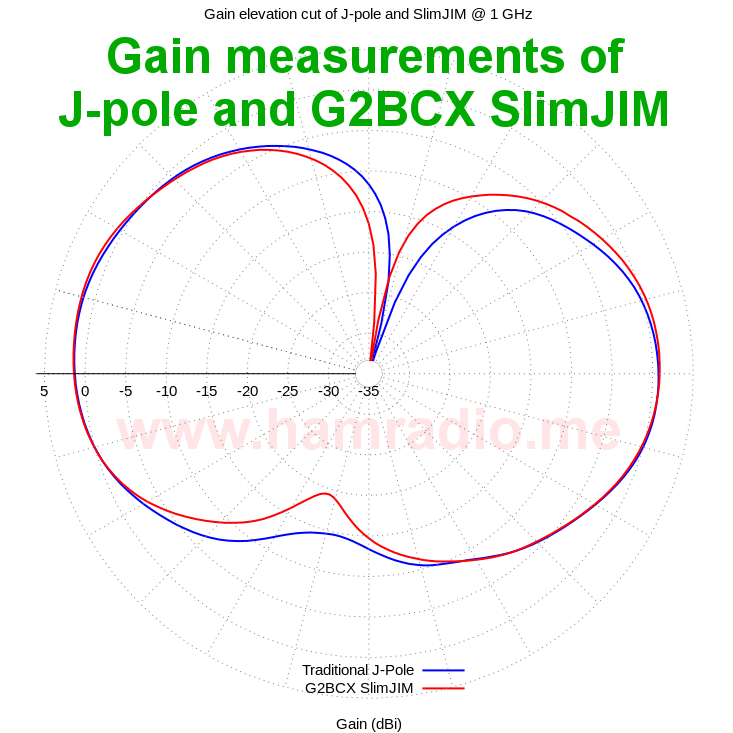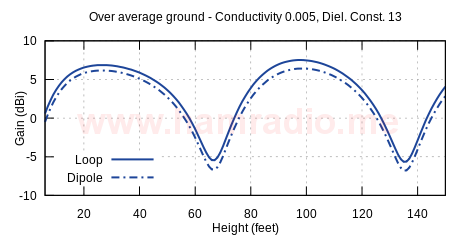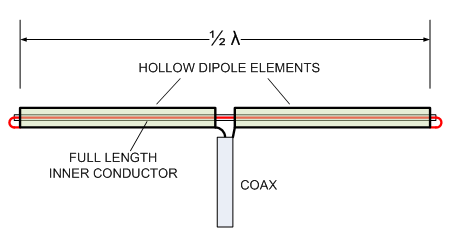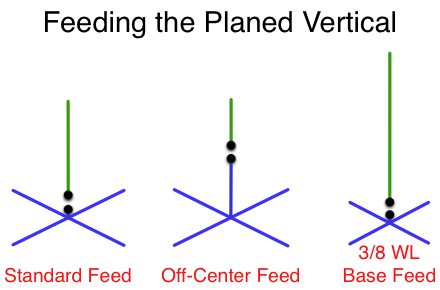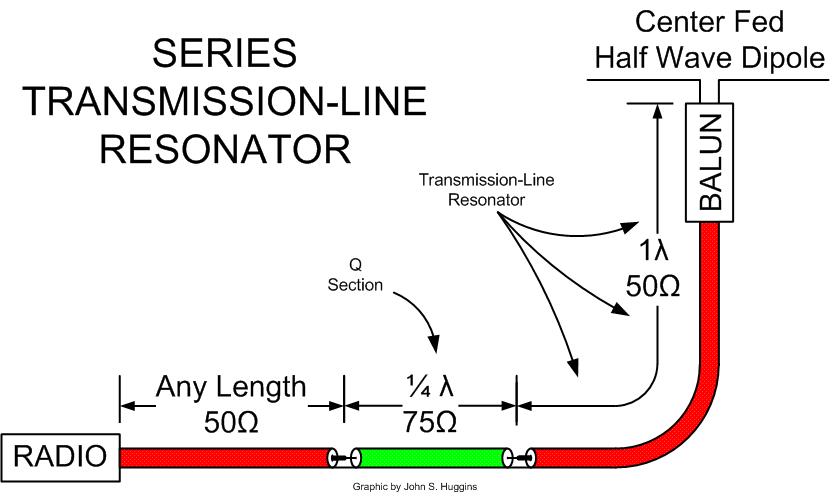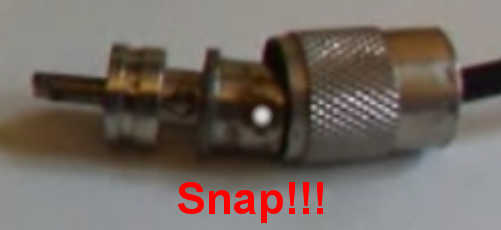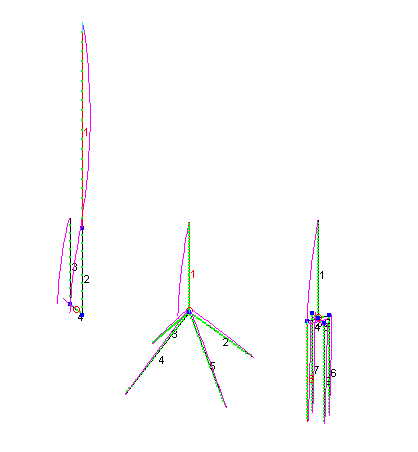Irrespective of the fact the solder-the-braid PL-259 connector is probably the worst RF connector conceived by the mind of man1 and the fact the spark shown in the video is in an area that should be a direct short, the video, shown below, wonderfully shows the ease with which static charge can build on a dipole antenna.
That’s not the point though. If we were to cut off the connector we would surely still see a spark from center conductor to shield. If the cable were near station ground we would expect a spark jump. That large a charge has to go somewhere.
